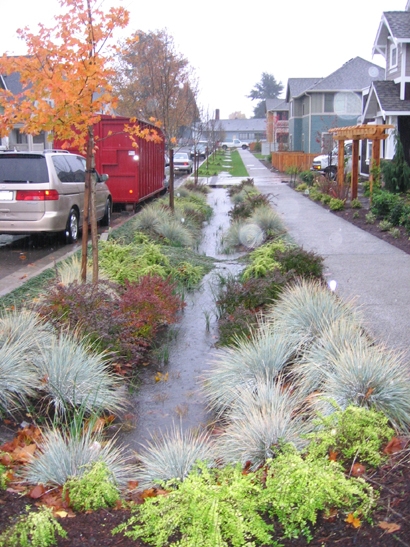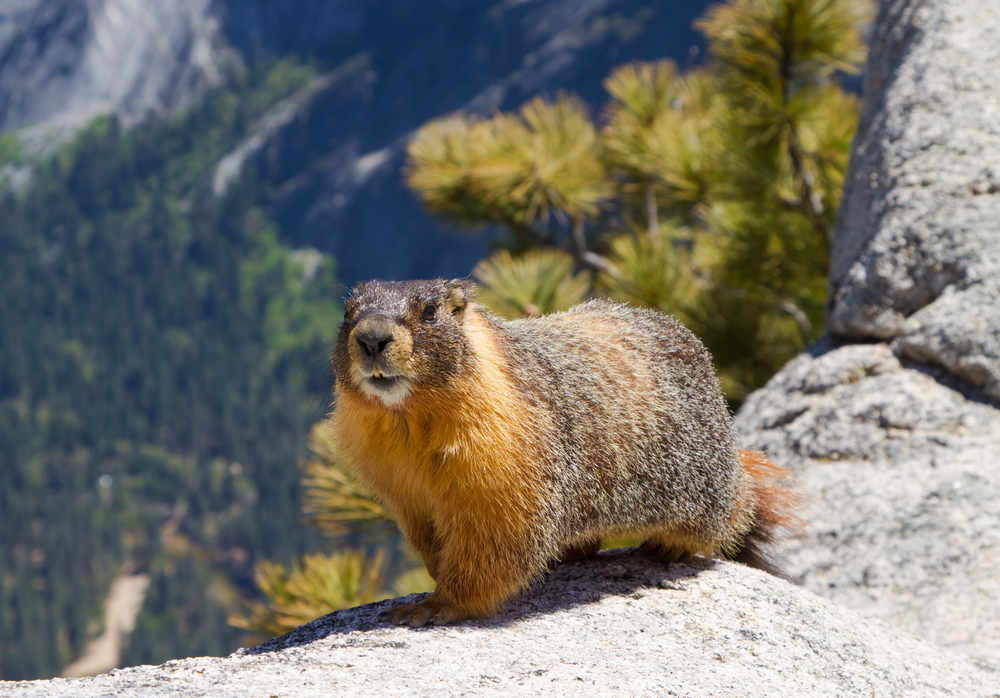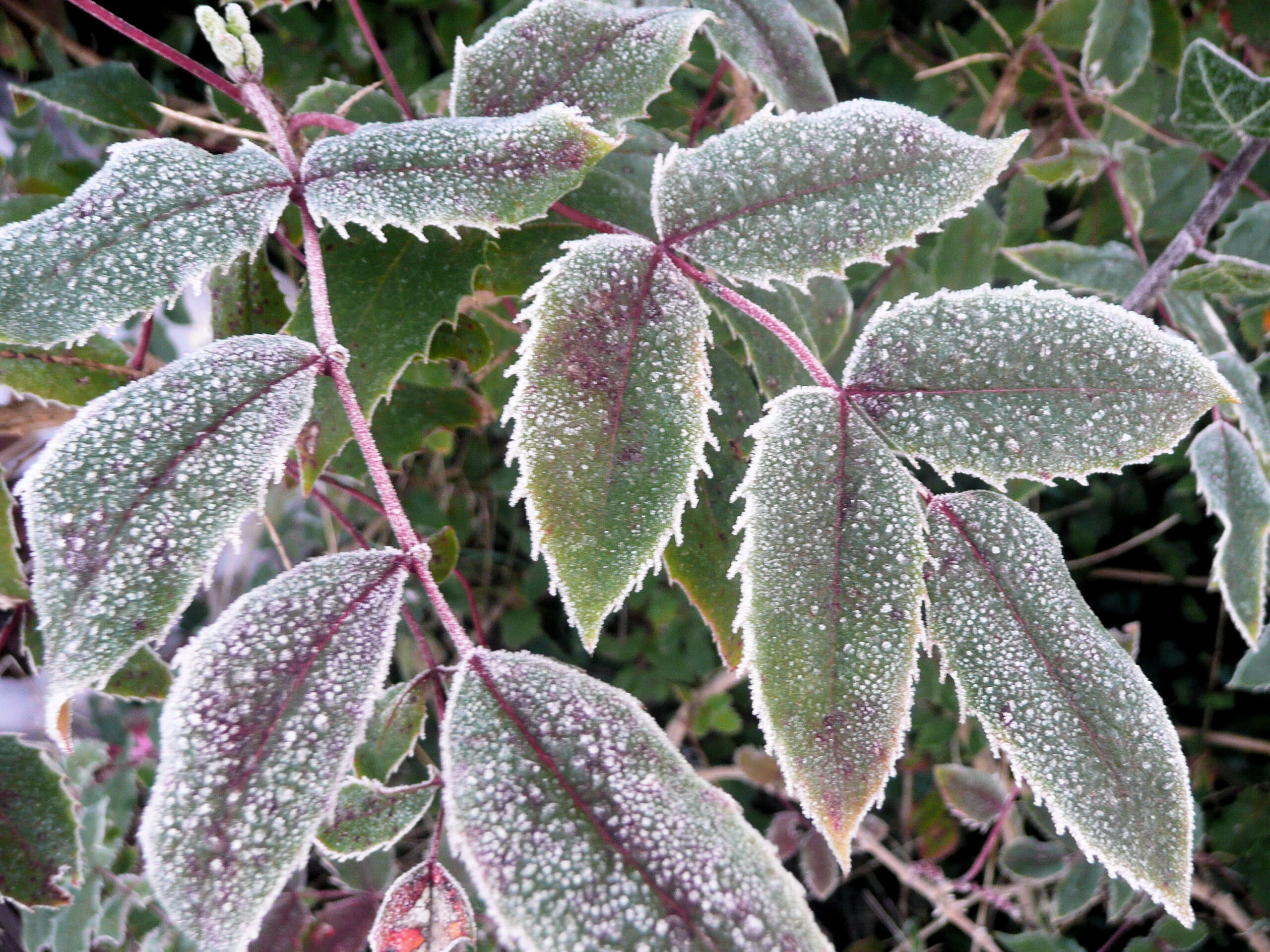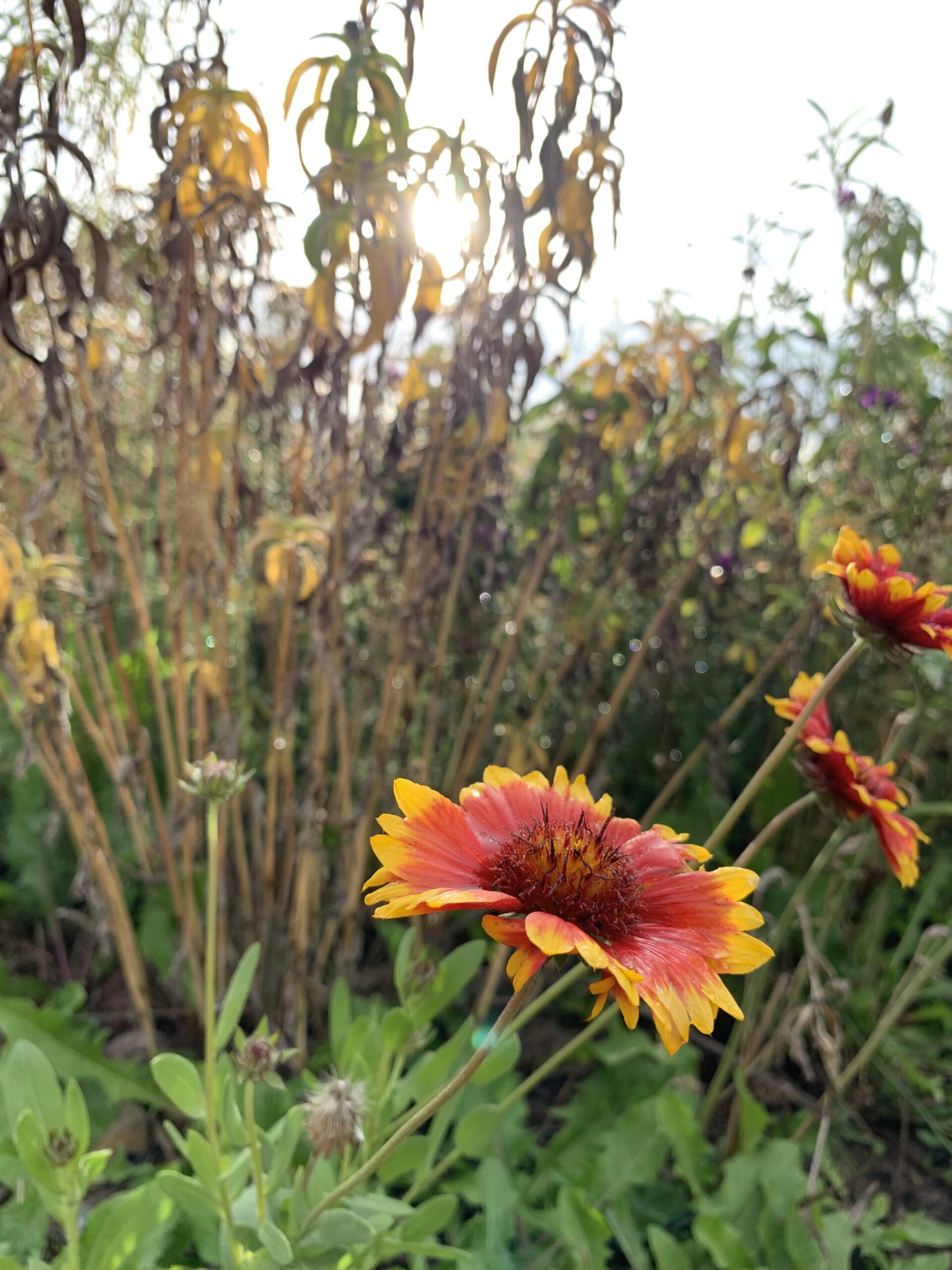By Jessie Walthers, Conservation Program Manager Groundhog Day. Who doesn’t love this most random of…

Plant Selection for Rain Gardens
By Mikaela Richardson
Rain gardens are an aesthetically pleasing tool that any homeowner can install to reduce nonpoint source pollution from water runoff entering local water systems. Rain gardens are designed to naturally capture water runoff and hold it for a brief period. Plants exposed to the water then filter out pollutants, and eventually the water infiltrates back into the soil. The decision on which plants to use can be an important factor in determining the effectiveness of a rain garden.
Moisture Preference: Plants should be selected based on soil moisture preferences. A rain garden is split into three zones, starting with the wettest at the center and becoming drier as it moves outwards and upwards in elevation. Plant type and location should be planned accordingly to correspond with each zone’s soil moisture tolerance. A rain garden will therefore contain a variety of flood- and drought-tolerant plants.
Variety: Incorporating a variety of plants including grasses, sedges, shrubs, and flowering species can ensure your rain garden functions properly and provides additional services. A diverse plant selection will help establish a thick root system that prevents soil erosion. Variable bloom times create a long flowering season and provide consistent pollinator habitat and forage.
Native Plants: Plants that occur naturally in an area are considered native and provide many benefits to a rain garden, including:
- Better adapted to the local climate and soils
- More effectively filter water due to their deep root systems
- Don’t require fertilizer or winter protection
- Provide habitat and forage for native pollinators
- Drought tolerant
A diversity of native plants that are adapted to variable moisture conditions are a natural choice for creating effective and visually appealing rain gardens. Information, resources, and landowner assistance programs are available to help you create a rain garden! To find out more about what, where, and how to plant in Flathead County, contact the Flathead Conservation District. Give us a call, check out our website, or come by the office!
This Post Has 2 Comments
Comments are closed.




I am very confused by the lack of references provided in the Rain Garden blog. Where on your website do I “find out more about what, where, and how to plant in Flathead County” I see the native plant seed list and lots of pollinator information, however, I cannot find information on rain gardens.
Thanks for your interest in rain gardens! You can check out some of the plants that we have included in our rain garden at the Demonstration Garden here: https://flatheadcd.org/plants-of-the-demonstration-garden/
And you may be interested in our upcoming Rain Garden Workshop on July 15 from 6-8pm at the Flathead CD Demonstration Garden. Check our schedule of upcoming workshops and classes here: https://flatheadcd.org/additional-resources-2/workshops-and-classes/
If you’re interested in planting a rain garden, give us a call at the office and we can share some resources and planting guides!